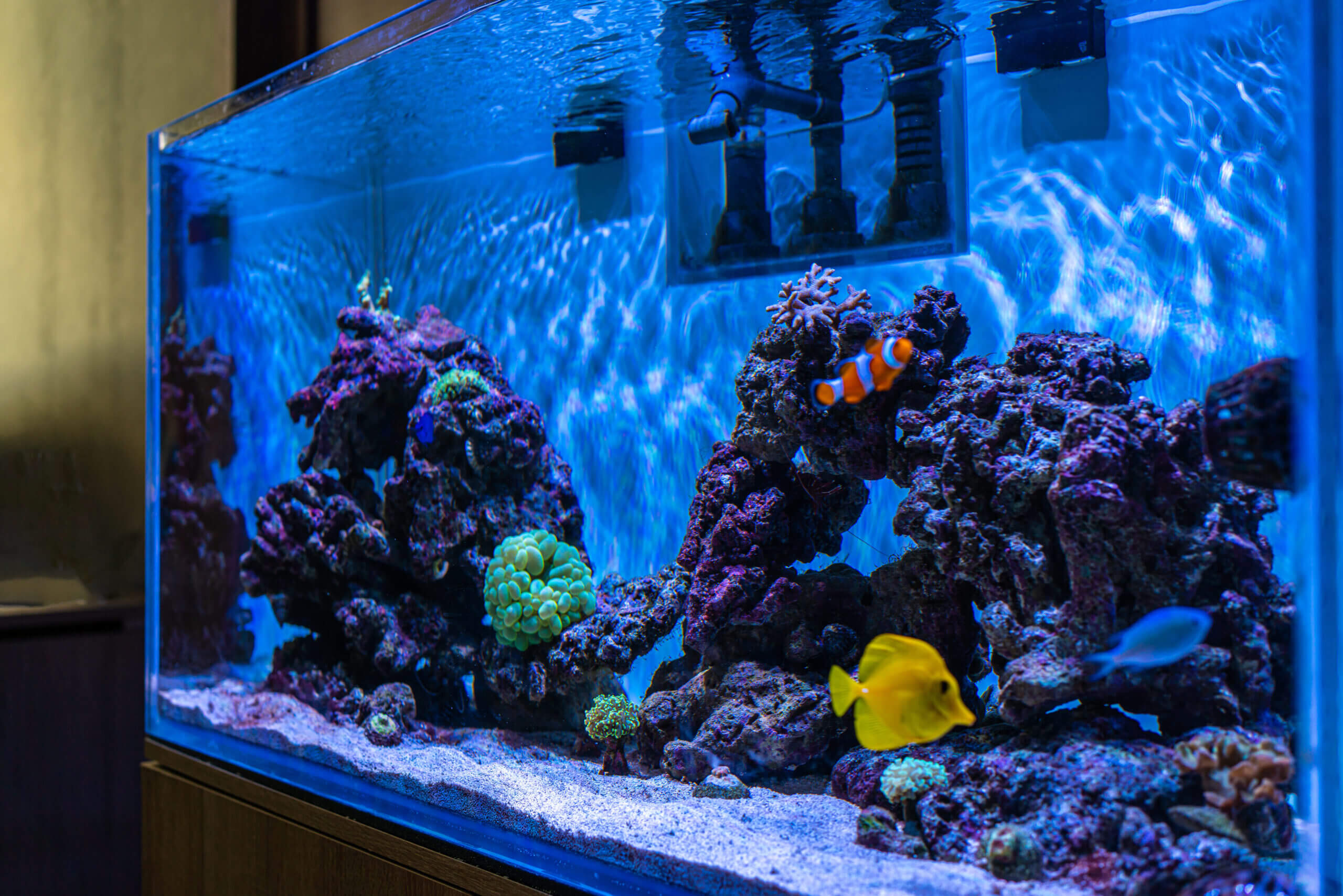Maintaining a thriving aquarium is a rewarding endeavor for enthusiasts of all levels. Whether you’re a novice or an experienced hobbyist, one of the most critical aspects of aquarium care is understanding and managing the nitrogen cycle. This biological process is the cornerstone of a healthy aquatic environment, ensuring the well-being of your fish and the overall stability of your tank. In this comprehensive guide, we’ll delve into the nitrogen cycle in aquariums, explore its significance, and provide practical insights on how to create and maintain a balanced ecosystem that promotes fish health and longevity.
The Nitrogen Cycle: A Natural Biological Process
The nitrogen cycle is a natural biological phenomenon that occurs in all aquatic environments, including aquariums. At its core, the nitrogen cycle involves the conversion of organic waste and toxic ammonia (NH3) produced by fish into less harmful compounds through the activity of beneficial bacteria. These compounds include nitrite (NO2-) and nitrate (NO3-). To better understand this process, let’s break it down into stages:
1. Ammonia (NH3): The Initial Waste Product
The nitrogen cycle begins with ammonia production, primarily generated through fish respiration and excretion. Ammonia is highly toxic to fish, even in relatively small concentrations. Elevated ammonia levels can cause stress, illness, and even death among your aquatic inhabitants.
2. Nitrite (NO2-): The Intermediate Compound
Fortunately, nature provides a solution in the form of beneficial bacteria. These microorganisms convert ammonia into nitrite through a process known as nitrification. Nitrite is still toxic to fish but less so than ammonia. It’s a critical step in the nitrogen cycle.
3. Nitrate (NO3-): The Final Product
The second group of beneficial bacteria then transforms nitrite into nitrate. Nitrate is far less toxic to fish than ammonia and nitrite. While it’s generally considered safe at low to moderate levels, high nitrate concentrations can still harm fish in the long term and promote the growth of unwanted algae.
The Importance of the Nitrogen Cycle
Understanding the nitrogen cycle’s significance is paramount for any aquarium owner:
1. Toxicity Prevention
The primary role of the nitrogen cycle is to prevent the buildup of toxic ammonia and nitrite in the aquarium. Keeping these compounds at safe, near-zero levels ensures the well-being of your fish.
2. Water Quality Maintenance
A stable nitrogen cycle contributes to excellent water quality. Maintaining pristine water conditions is vital for the health and vitality of your aquatic pets.
3. Long-Term Health
While nitrate is less toxic than ammonia and nitrite, it can still harm fish if allowed to accumulate unchecked. A stable nitrogen cycle keeps nitrate levels within safe limits, ensuring the long-term health of your fish.
How to Establish and Maintain the Nitrogen Cycle
Creating and maintaining the nitrogen cycle in your aquarium involves several key steps:
1. Start with a Cycled Tank
Before introducing fish to your aquarium, establish the nitrogen cycle. This is typically accomplished by “cycling” the tank, which involves introducing beneficial bacteria. You can do this by using a cycled filter from an established aquarium or by using commercial bacterial supplements designed to jumpstart the process.
2. Monitor Ammonia and Nitrite Levels
During the initial cycling process, it’s essential to regularly test the ammonia and nitrite levels in your aquarium. Keep them as close to zero as possible to avoid harm to your fish. Ammonia and nitrite spikes can occur during cycling, so be prepared to address them promptly.
3. Perform Regular Water Changes
While nitrate is less toxic than ammonia and nitrite, it can still accumulate over time. Regular water changes, typically around 10-20% every 1-2 weeks, help keep nitrate levels in check and maintain overall water quality.
4. Avoid Overfeeding
Overfeeding your fish can lead to an excess of organic waste, which can disrupt the nitrogen cycle and deteriorate water quality. Feed your fish an appropriate amount of food, and remove any uneaten food promptly.
5. Avoid Overstocking
Overcrowding your aquarium can result in an increased production of waste, making it challenging to maintain a stable nitrogen cycle. Follow recommended stocking guidelines based on your tank’s size and filtration capacity.
6. Promote Beneficial Bacteria
Provide a substrate and filter media that promote the growth of beneficial bacteria. These microorganisms are instrumental in breaking down ammonia and nitrite. Ample surface area for colonization is key to a healthy bacterial population.
7. Be Patient
Establishing a stable nitrogen cycle is not an instant process. It typically takes several weeks for the beneficial bacteria to establish themselves fully. Avoid adding too many fish too soon, as this can overwhelm the developing bacterial population.
Conclusion
Understanding and managing the nitrogen cycle is essential for creating and maintaining a thriving aquarium that supports the health and longevity of your fish. By diligently monitoring ammonia, nitrite, and nitrate levels, practicing proper maintenance routines, and providing an ideal environment for beneficial bacteria to flourish, you can establish a stable nitrogen cycle in your aquarium.
A well-maintained aquarium provides more than just an aesthetically pleasing display—it offers your fish a safe, comfortable, and vibrant habitat in which to thrive. Consistent testing, regular water changes, responsible fishkeeping practices, and patience are all integral components of a successful nitrogen cycle in your aquarium.
Remember that maintaining a balanced ecosystem is a continuous effort, requiring attention and care to ensure the health and happiness of your aquatic companions. With dedication and a sound understanding of the nitrogen cycle, you can create an aquarium that brings joy and beauty to your life while providing a healthy and vibrant home for your fish.



